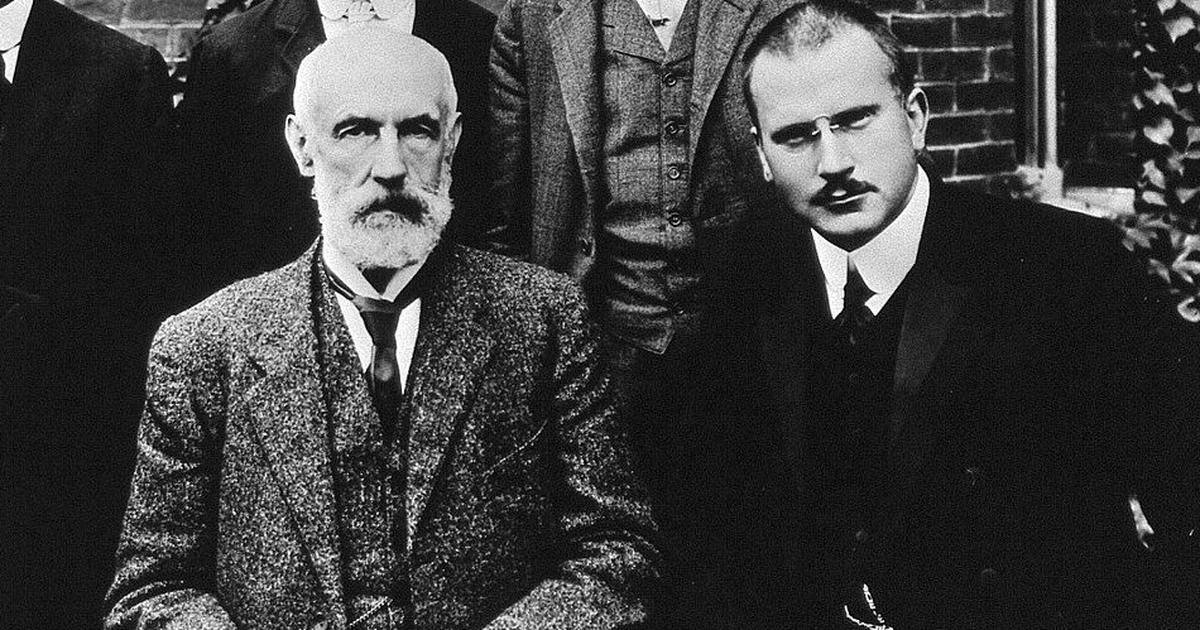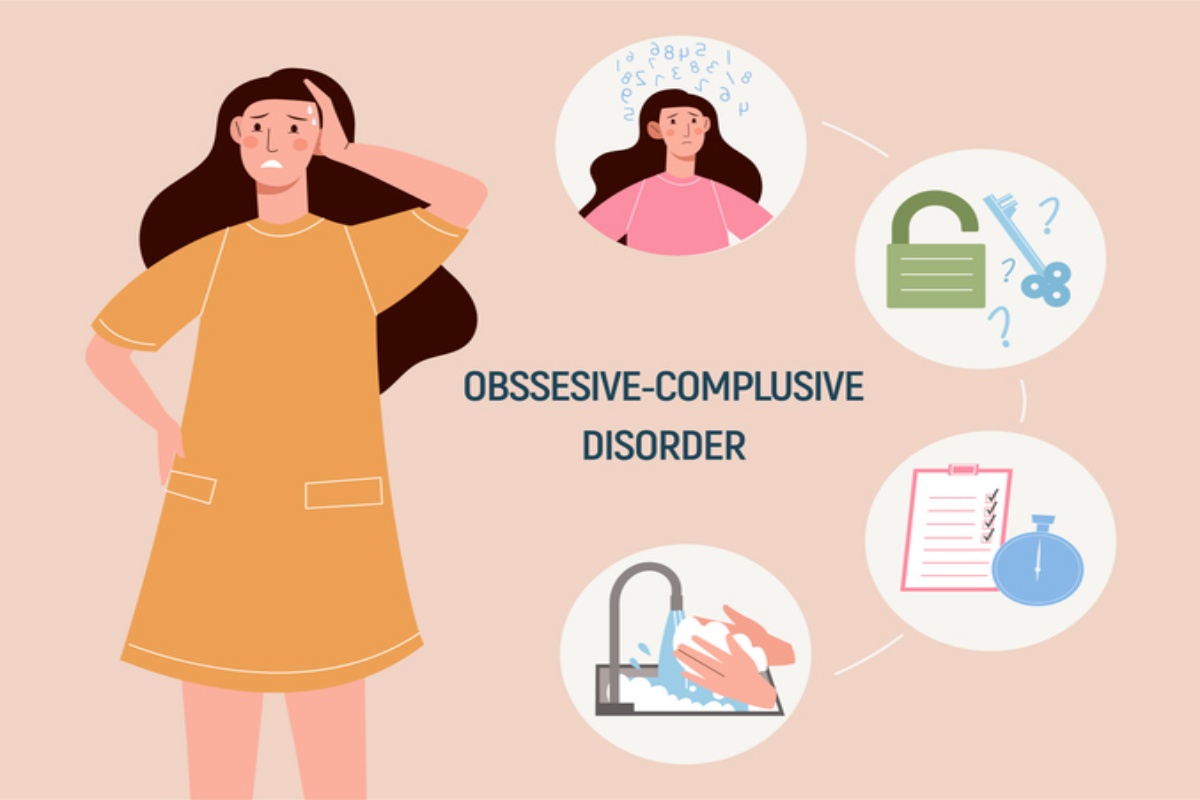Contents
Introduction

Rational Emotive Behavior Therapy (REBT): Techniques, Applications, and Effectiveness
Rational Emotive Behavior Therapy (REBT) is a cognitive-behavioral approach that focuses on identifying and challenging irrational beliefs to improve emotional well-being and behavior. It operates on the idea that our thoughts about situations, rather than the situations themselves, are often the root cause of emotional distress. By addressing and changing these thought patterns, REBT helps individuals develop healthier and more constructive ways of thinking.
In this article, we will explore the basic principles of REBT, discuss its techniques, look at practical applications, and consider common misconceptions and potential limitations.
See how REBT contributes to structured thinking and better emotional control.
What is Rational Emotive Behavior Therapy (REBT)?
Rational Emotive Behavior Therapy (REBT) is a form of cognitive-behavioral therapy created by Albert Ellis in the 1950s. It operates on the foundational belief that our emotional and behavioral difficulties stem not from the events themselves, but from the irrational beliefs and interpretations we hold about those events. By identifying and confronting these irrational beliefs, REBT facilitates the development of more rational and constructive thinking patterns, which can lead to improved emotional well-being and more adaptive behaviors.
The approach encourages individuals to challenge rigid and unrealistic beliefs, replacing them with more rational and flexible alternatives. This process helps individuals manage a range of emotional issues, from anxiety and depression to anger and stress, by reshaping their cognitive frameworks.
Why REBT is Important
REBT is important because it highlights the critical role that our belief systems play in shaping our emotional responses and behaviors. Traditional therapeutic approaches often focus on addressing symptoms and external factors, but REBT takes a deeper dive into the underlying cognitive processes that contribute to emotional distress. By emphasizing the need to address and alter irrational and maladaptive beliefs, REBT offers a profound method for individuals to achieve emotional relief and enhance overall well-being.
The significance of REBT lies in its dual focus: it not only aims to modify harmful thoughts and behaviors but also addresses the fundamental philosophical and cognitive frameworks that underpin these thoughts.
Types of Rational Emotive Behavior Therapy (REBT)
- ABC Model: A framework where A represents Activating events, B stands for Beliefs about these events, and C denotes the Consequences (emotional and behavioral). It helps identify and change irrational beliefs leading to negative outcomes, facilitating more adaptive emotional responses.
- Cognitive Restructuring: Focuses on challenging and replacing irrational beliefs with more rational ones, promoting healthier thinking and behavior, ultimately leading to improved emotional resilience.
- Behavioral Experiments: Tests the validity of irrational beliefs through real-world activities, helping individuals gather evidence for more rational thinking, and often reduces the distress associated with these beliefs.
Understanding How REBT Works
Rational Emotive Behavior Therapy (REBT) operates on the principle that emotional disturbances are often the result of irrational beliefs. By identifying and challenging these beliefs, REBT helps individuals develop more rational and adaptive ways of thinking, leading to healthier emotional responses and behaviors.
We will approach REBT in stages: beginning with a summary, examining key techniques, and then exploring their practical applications in detail.
Simple Overview
Core Idea REBT is based on the concept that our emotions and behaviors are heavily influenced by our beliefs about events, rather than the events themselves. The goal is to identify irrational beliefs, challenge them, and replace them with more rational alternatives, thereby improving emotional well-being.
Real-Life Example: Imagine someone who believes, “I must always be perfect, or I’m a failure.” This belief might lead to anxiety and fear of making mistakes. REBT would help the person identify this irrational belief, dispute its validity, and replace it with a more balanced thought like, “It’s okay to make mistakes; they are part of learning.
Detailed Concepts
REBT incorporates several key components aimed at changing irrational beliefs and promoting emotional and behavioral adjustment.
- ABC Model: The ABC model is central to REBT and stands for Activating Event, Beliefs, and Consequences. According to this model:
- Activating Event: The situation or event that triggers a reaction (e.g., giving a presentation).
- Beliefs: The irrational or rational beliefs about the event (e.g., “I must be perfect” vs. “I can do my best without needing to be perfect”).
- Consequences: The emotional and behavioral outcomes resulting from these beliefs (e.g., anxiety and avoidance vs. calm and engaged participation).
- Disputation: This technique involves actively challenging and disputing irrational beliefs. Individuals are encouraged to question the validity and logic of their beliefs and replace them with more rational alternatives. Disputation helps break down rigid and unrealistic thinking patterns that contribute to emotional distress.
- New Rational Beliefs: After disputing irrational beliefs, individuals work on developing and internalizing new, more rational beliefs. These new beliefs should be practical, flexible, and conducive to positive emotional and behavioral outcomes. For instance, adopting beliefs like “It’s more important to try my best than to be perfect” can lead to healthier emotional responses and behaviors.
- Emotional and Behavioral Change: REBT aims to facilitate emotional and behavioral changes by altering the underlying beliefs. By replacing irrational beliefs with rational ones, individuals can experience reduced emotional distress and engage in more constructive behaviors. For example, replacing perfectionist beliefs with more realistic ones can lead to reduced anxiety and increased confidence in challenging situations.
In-Depth Analysis
The theoretical foundation of REBT lies in the cognitive-behavioral model, where emotional responses are shaped by underlying beliefs. REBT also emphasizes the importance of adopting a rational life philosophy to support long-term emotional health.
- Cognitive Foundations: REBT builds on the cognitive model that posits beliefs, rather than events themselves, are responsible for emotional reactions. This model suggests that irrational beliefs lead to negative emotions and maladaptive behaviors, while rational beliefs can lead to more positive emotional outcomes and constructive behaviors. REBT focuses on altering these underlying beliefs to improve overall mental health.
- Rational vs. Irrational Beliefs: Rational beliefs are characterized by their practicality, flexibility, and alignment with reality. They are conducive to emotional resilience and adaptive behaviors. In contrast, irrational beliefs are rigid, unrealistic, and often lead to emotional distress. REBT emphasizes the need to identify and challenge these irrational beliefs to foster emotional and behavioral change.
- Empirical Evidence: Research supports the effectiveness of REBT in treating various psychological conditions, including anxiety, depression, and stress. Studies have demonstrated that REBT can lead to significant improvements in emotional well-being and behavioral functioning. The therapy’s emphasis on cognitive restructuring and practical application contributes to its efficacy in helping individuals manage and overcome psychological challenges.
Notable Psychologists in REBT

- Albert Ellis: The creator of Rational Emotive Behavior Therapy (REBT), Ellis emphasized the role of irrational beliefs in emotional distress. His development of the ABC model is a cornerstone of REBT and has greatly influenced cognitive-behavioral approaches. (Albert Ellis Institute)
- Windy Dryden: A leading REBT practitioner and educator, Dryden has authored numerous books on REBT, making the therapy more accessible and practical for both therapists and clients. He has played a key role in global REBT training. (Windy Dryden Publications)
- Michael Neenan: Known for integrating REBT with other therapeutic approaches, Neenan has focused on applying REBT to areas like stress management and personal development, broadening its application. (Michael Neenan Resources)
- Raymond DiGiuseppe: A prominent researcher in REBT, DiGiuseppe has contributed significantly to the empirical validation of REBT techniques, especially in anger management and emotional regulation. (Raymond DiGiuseppe Research)
- Janet Wolfe: Wolfe has been instrumental in applying REBT to diverse populations, particularly children and adolescents. Her work has expanded REBT’s reach into educational and community settings. (Janet Wolfe Programs)
Applications of REBT in Treating Mental Health Disorders

Anxiety Disorders
REBT is highly effective in treating anxiety disorders by helping individuals identify and challenge the irrational beliefs that fuel their anxiety. The therapy focuses on replacing these beliefs with more rational and constructive thoughts.
Example: A client with social anxiety might believe, “If I say something wrong, everyone will judge me harshly.” REBT would help them dispute this belief and replace it with a more balanced thought like, “Making a mistake is normal, and most people won’t judge me for it.” Over time, this helps reduce anxiety in social situations.
Image Source: thiswayup.org.au

Depression
In cases of depression, REBT addresses the irrational beliefs that contribute to feelings of hopelessness and low self-worth. By challenging these beliefs, individuals can develop a more positive and realistic outlook on life.
Example: Someone who is depressed might hold the belief, “I am a complete failure because I lost my job.” REBT would involve challenging this belief by exploring evidence to the contrary, such as past successes and personal strengths, leading to a more rational perspective like, “Losing a job doesn’t define my worth, and I have the ability to find new opportunities.”
Image Source: additudemag.com

Anger Management
REBT is effective in helping individuals manage anger by targeting the irrational beliefs that trigger intense anger responses. The therapy teaches individuals to replace these beliefs with rational thoughts that lead to calmer reactions.
Example: A person prone to anger might believe, “People must always treat me with respect, or I have the right to be furious.” REBT would challenge this belief and help the person adopt a more rational view like, “It’s frustrating when people are disrespectful, but getting angry won’t improve the situation.”
Image Source: gconsultingisl.com

Obsessive-Compulsive Disorder
REBT can be used alongside Exposure and Response Prevention (ERP) to treat OCD by addressing the irrational beliefs that drive compulsive behaviors. REBT helps reduce the power these beliefs have over the individual.
Example: A person with OCD might believe, “If I don’t check the stove multiple times, my house will burn down.” REBT would work to dispute this belief and replace it with a more rational thought like, “Checking the stove once is enough to ensure safety.”
Image Source: pakconline.com
Common Myths About REBT
| Myth | Clarification |
| REBT is just about positive thinking. | Clarification: REBT is not about simply adopting a positive mindset. Instead, it aims to identify and challenge irrational beliefs that lead to negative emotions and behaviors. By addressing these core beliefs, REBT helps individuals develop more realistic and rational ways of thinking. |
| REBT is too confrontational. | Clarification: While REBT involves challenging irrational beliefs, it does so through a supportive and empathetic approach. The goal is to help individuals recognize and modify dysfunctional thinking patterns in a constructive manner, rather than being confrontational. |
| REBT only deals with cognitive issues. | Clarification: REBT addresses both cognitive (thoughts) and emotional issues. It focuses on changing irrational beliefs that affect emotions and behaviors, aiming to improve overall mental well-being by addressing the interplay between thoughts and feelings. |
| REBT is a quick fix. | Clarification: REBT is a process that requires time and consistent effort. Changing deeply ingrained irrational beliefs and emotional responses involves regular practice and commitment. It’s not a one-time solution but a gradual process of self-improvement. |
Criticisms and Limitations
- Risk of Emotional Intensity: REBT (Rational Emotive Behavior Therapy) can sometimes provoke significant emotional distress as individuals confront and challenge their deeply ingrained irrational beliefs. Engaging with these core beliefs often involves exploring painful or uncomfortable emotions, which can be especially challenging for individuals with strong emotional responses or those who lack effective coping mechanisms.
- Not Suitable for All Issues: While REBT is a powerful tool for addressing irrational beliefs and associated emotional distress, it may not be effective for all psychological conditions. For instance, complex issues such as severe personality disorders or chronic depression might not be fully addressed through REBT alone.
- Critique of Generalizability: Some critics argue that REBT’s emphasis on addressing irrational beliefs may not fully capture or address the diverse range of psychological challenges that individuals face. The therapy’s core principle of modifying irrational thoughts might not be applicable or sufficient for every psychological issue, particularly those involving complex trauma or multifaceted mental health conditions.
Conclusion
Rational Emotive Behavior Therapy (REBT) offers a valuable approach to improving emotional well-being by addressing and changing irrational beliefs. Its techniques can effectively reduce anxiety, manage anger, and support mental health across various conditions. However, REBT may not be suitable for all complex issues and can sometimes provoke emotional distress. Despite its limitations, REBT remains a robust tool for fostering rational thinking and healthier emotional responses, benefiting many individuals seeking to improve their mental health.
References
- Ellis, A. (1962). Reason and emotion in psychotherapy. Lyle Stuart.
- Dryden, W. (2001). Rational emotive behaviour therapy: A new introduction. Routledge.
- Neenan, M., & Dryden, W. (2013). Rational emotive behavior therapy: A therapist’s guide. Wiley-Blackwell.
- DiGiuseppe, R., & Neenan, M. (2009). Rational emotive behavior therapy: A survey of the recent literature. International Journal of Behavioral Consultation and Therapy, 5(2), 92-106.
- Wolfe, J. (2012). Applying REBT with children and adolescents. Springer.
- Neenan, M. (2009). Developing resilience: A cognitive-behavioral approach. Routledge.
- Dryden, W., & Branch, R. (2008). Rational emotive behavior therapy: Advances in theory and practice. Routledge.
- Ellis, A., & Harper, R. (1975). Rational emotive therapy: A therapist’s guide. Wilshire Book Company.
- DiGiuseppe, R., & Tafrate, R. C. (2007). Understanding anger disorders. Oxford University Press.
- DiGiuseppe, R., & D’Zurilla, T. J. (2006). Rational emotive behavior therapy: A therapist’s guide. Springer Publishing Company.
- Neenan, M., & Dryden, W. (2004). Rational emotive behavior therapy: Theoretical and practical issues. Routledge.
Explore more Theories & Therapies








